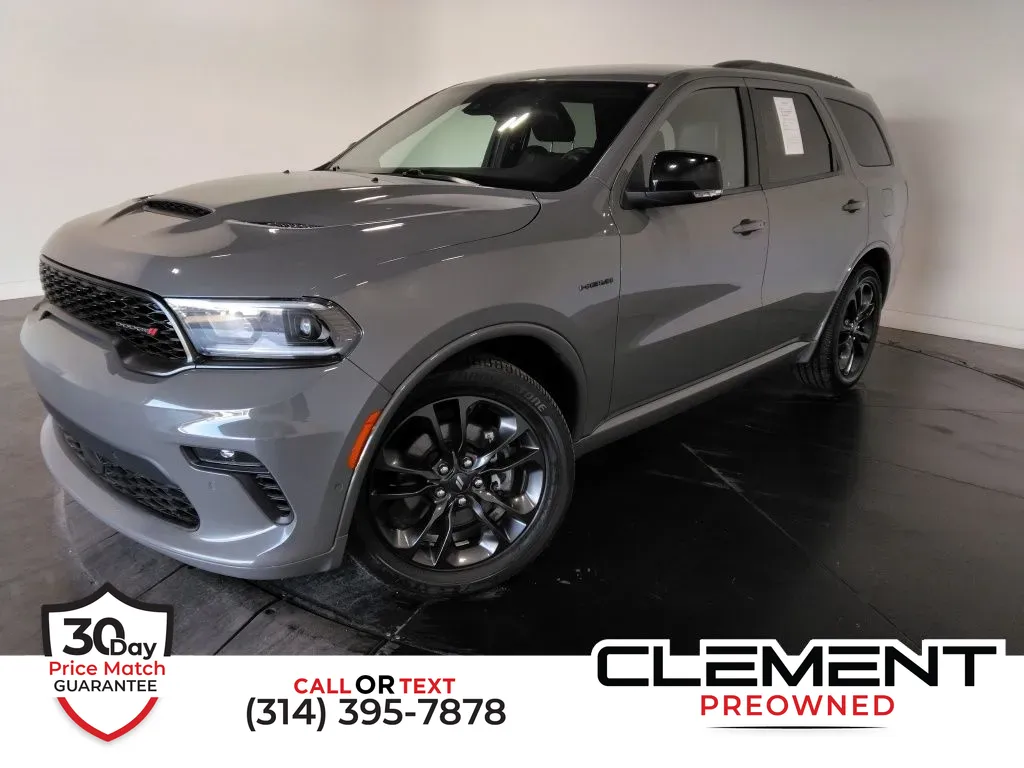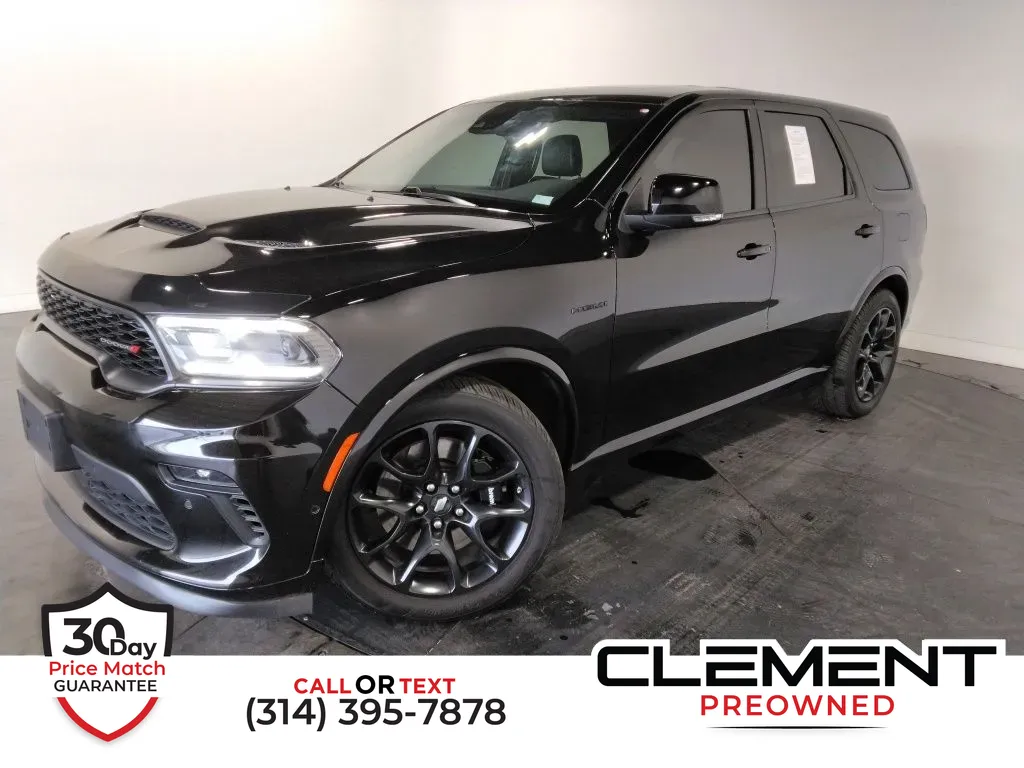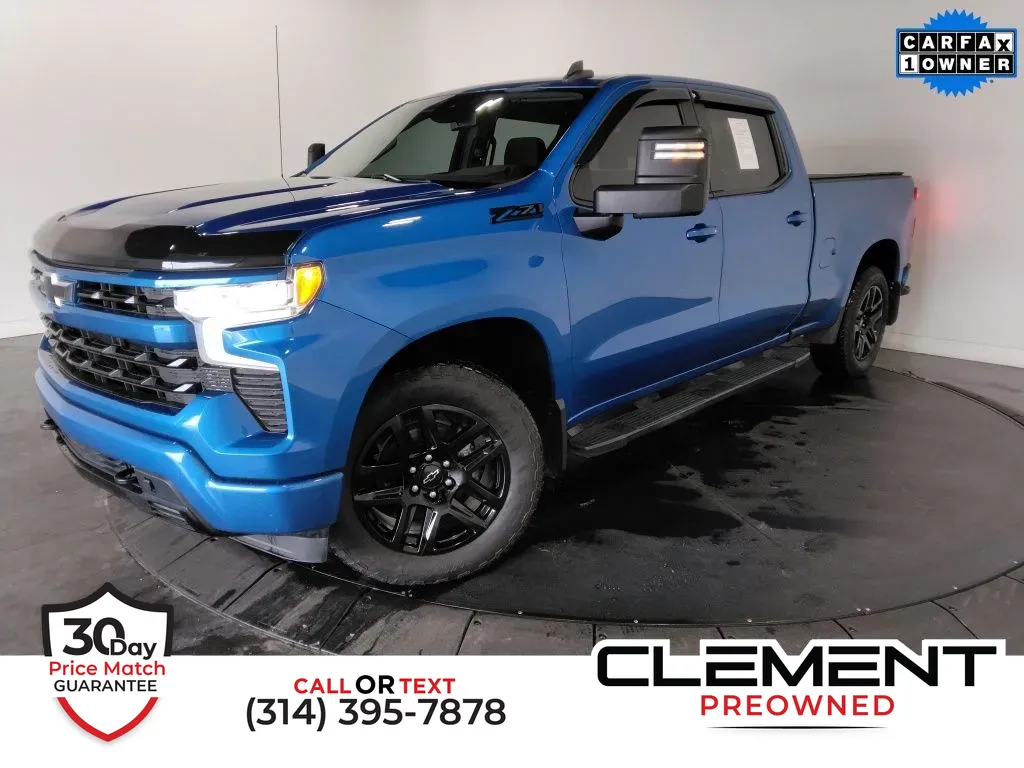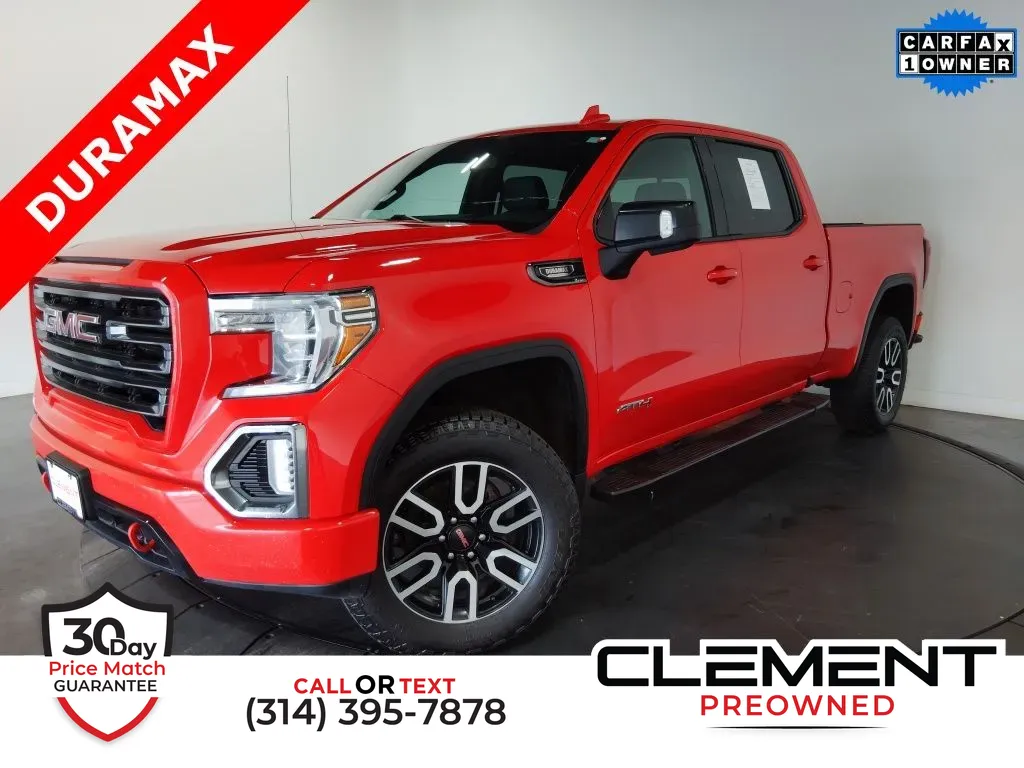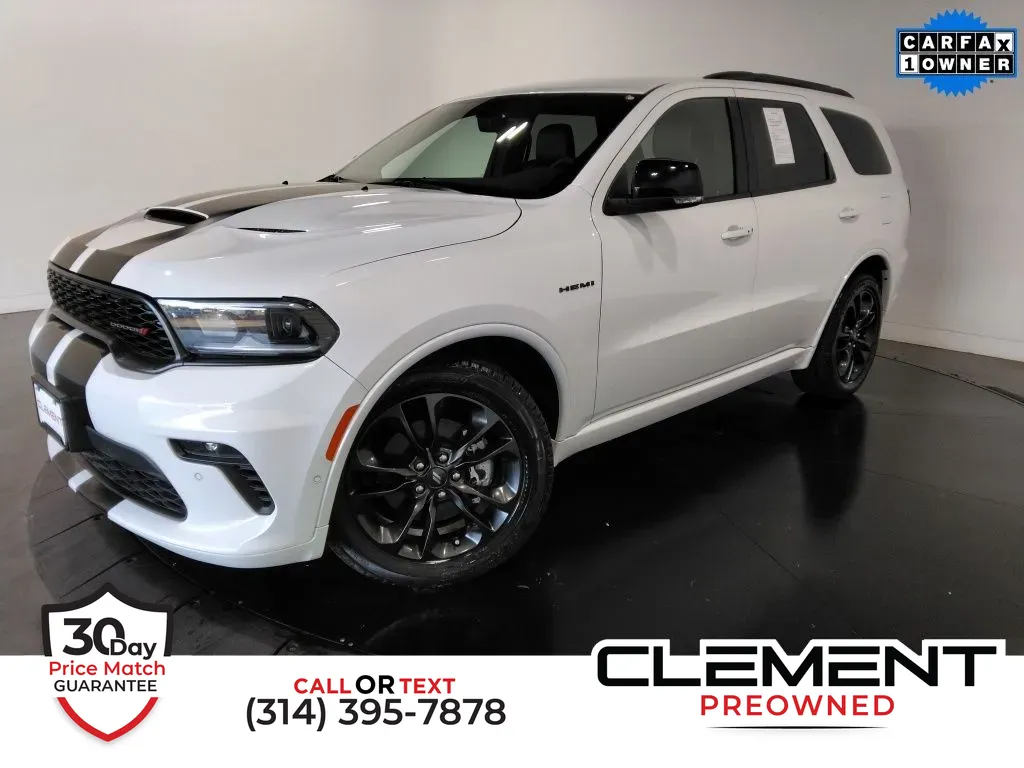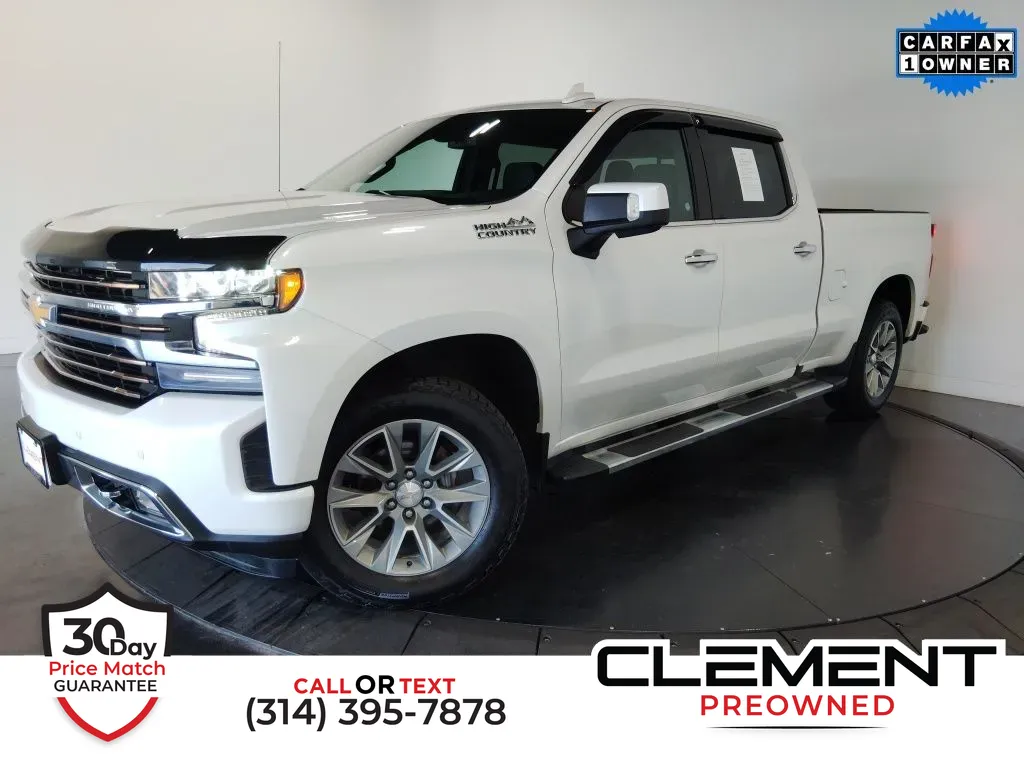Car maintenance in Missouri: focus on tire change
In this guide, we'll delve into the tricks on how to prolong the tire lifetime, answer FAQs about tire replacement, and address other pertinent questions of Missouri residents about proper tires for summer and winter seasons.

How should you take care of your tires?
Regular tire checks are crucial for your safety and for preserving your vehicle's performance. Clement Pre-Owned service experts recommend inspecting your tires monthly. To ensure peak performance, tires should maintain proper air pressure, tread depth, balance, and wheel alignment.
Tire rotation
Front and rear tires face different pressures and handle various steering and braking actions, causing uneven wear. To make your tires last longer, it's important to rotate them regularly. It's recommended to rotate front and rear tires every 5,000 to 7,000 miles.
Tire balancing
Balancing your tires helps disperse the weight across each wheel by using small weights. When the tires are not balanced correctly, you may experience uneven wear on the treads, increased gas usage and shaking in the steering wheel or floor, especially at higher speeds.
Wheel alignment
Wheel alignment is a process that evaluates the wheels based on the parameters specified by the manufacturer. When the wheels deviate from these specifications, it can have an adverse impact on the vehicle's maneuverability and reduce fuel efficiency. Any time when installing new tires or if you notice abnormal steering, address to the service point to check the wheels and make necessary adjustments. Properly aligned wheels ensure straight-line driving without drift or pull.
Should you change your tires every season?
Our technicians at Clement Pre-Owned dealership recommend changing tires according to the Missouri seasons. But the answer depends on the tire type. The primary distinction between types of tires lies in their tread depths, patterns, and rubber composition. Here are the specifications for different types of tires:
When is the best time to do the seasonal tire change?
In Missouri, switch to summer tires during spring when temperatures regularly go above 45°F for better performance, enhancing handling and braking. Change to winter tires when temperatures fall below 7°C (46°F).
When should you consider replacing your tires?
Several signs indicate the need for new tires.
Tread Wear: Inspect the tread using a tread depth gauge or the penny test. When the tread depth reaches less than 2/32 of an inch, it's time to replace your tires. Check out the video below for the detailed instructions.
Uneven Wear: If you notice uneven tread wear on your tires, like patches of more worn tread, it means alignment or suspension needs attention, and you might need new tires. Also, towing trucks use a lot more power to keep a steady speed, which can wear out tires faster.
Cracks and Bulges: Check for cracks, cuts, or bulges in the tire sidewalls, which can indicate tire damage and compromise safety.
Age: Even if the tread depth appears adequate, tires should be replaced every 6-9 years, as rubber deteriorates over time, particularly in extreme weather conditions.
What to consider when you change tires?
Your tire specifications are typically located on a label inside the driver's door or fuel door. You can also find this information in your car owner's manual or ask our serviceman at Clement Pre-Owned for assistance.
When replacing your tires, remember these key requirements:
- Ensure your replacement tires match the speed rating, size, load index recommended by the vehicle manufacturer.
- Do not opt for tires that are smaller or have a lower load-carrying capacity than what's originally specified, as this could pose safety risks.
For optimal performance, replace all four tires simultaneously. However, if replacing fewer, follow these guidelines:
- For maximum safety, Michelin advises double-checking the correct tire parameters in your vehicle owner’s manual or tire information sticker and replacing tires with the same load index, size, and speed rating.
- If replacing only two tires, install them on the rear axle to improve grip on wet roads and prevent hydroplaning. This setup also helps maintain vehicle stability and traction.
- While replacing a single tire can impact suspension, transmission, and treadwear, pairing it with the tire with the deepest tread depth and installing both on the rear axle can mitigate potential issues.
At Clement Pre-Owned, we provide comprehensive tire services, including sales, replacement, and alignment. Visit Clement Pre-Owned for tire replacement or any general car maintenance needs you may have.


